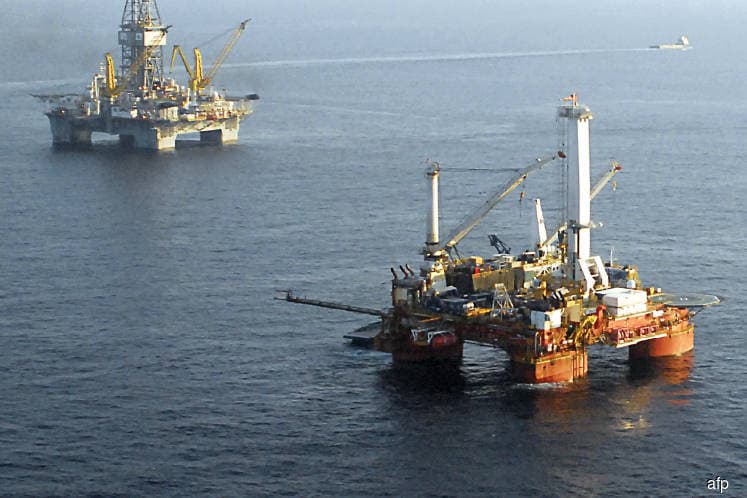
This article first appeared in The Edge Financial Daily on May 9, 2019
Oil and Gas sector
Maintain market weight: Assuming crude oil prices remain stable at the US$65-RM75 (RM269.75-RM311.25) per barrel levels, we believe the increasing signs of capital expenditure (capex) spending will also include renewable energy ventures, and oil and gas (O&G) decommissioning (Wood Mackenzie estimates Asia Pacific decommissioning demand may surge to more than US$100 billion for 2,600 platforms and 35,000 offshore wells. Petroliam Nasional Bhd (Petronas), in particular, is expected to boost its overseas capex. However, the general surge in capex for decommissioning and new greenfield projects will likely be from 2020. For the 2019 horizon, we believe the local capex spending is largely focused on maintenance and brownfield works, while mega greenfield project awards will be disappointing. On top of severe delay in Kasawari’s project go-ahead, Limbayong’s award may be delayed to end-2019, although bids were closed on April 19.
We reviewed audited balance sheets and conclude that debt/earnings before interest, taxes, depreciation and amortisation (Ebitda) and forecast trends are important to determine the winners that will benefit from an O&G capex upcycle, and vice versa. While there is no “benchmark” for the O&G industry, we found that international companies, such as SBM Offshore, target less than five times net debt/Ebitda. A low ratio is not only positive for bank covenants, it also gives room to secure new projects.
For floating production, storage and offloading vessels (FPSOs), Yinson Holdings Bhd and MISC Bhd are both at less than four times net debt/Ebitda, significantly leaner than Bumi Armada Bhd’s seven to 10 times (even after including joint-venture [JV]/associates). Bumi Armada is a key loser as its debt/Ebitda forecast is still rising, for example deteriorating, along with other losers like TH Heavy Engineering Bhd, Alam Maritim Resources Bhd, Barakah Offshore Petroleum Bhd and Malaysia Marine and Heavy Engineering Holdings Bhd (MMHE), which reported negative Ebitda. Sapura Energy Bhd’s ratio appears to be high at 10 times, but this does not prevent it from gaining more projects. This is because its ratio can improve to six times after including the Brazilian JV’s Ebitda, while its group Ebitda is set to improve in financial year 2020 (FY20). Other players that are lean — at less than five times debt/Ebitda — and with improving Ebitda outlook include Deleum Bhd, Dayang Enterprise Holdings Bhd, Dialog Group Bhd, Wah Seong Corp Bhd, Serba Dinamik Holdings Bhd, and Velesto Energy Bhd.
Many O&G stocks remain too locally dependent and will not benefit from Petronas’ overseas upstream focus, though we note that the national oil corporation’s domestic upstream capex is set to improve from RM12 billion in 2018 to RM15 billion in 2019. We understand local activity levels have generally increased, especially for maintenance and brownfield works. We favour internationally-competitive companies, and like engineering, procurement, construction and commissioning and storage operator Dialog (buy/target: RM3.58) and FPSO asset owner Yinson (buy/target: RM5.15). — UOB KayHian Research, May 7